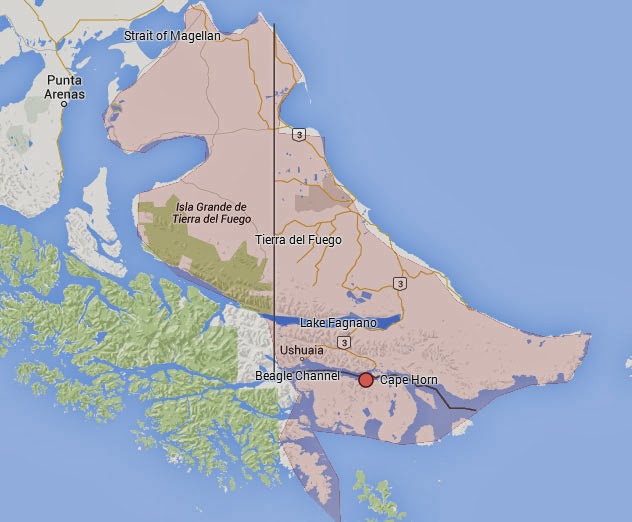Amazon Rainforest Wildlife: Camera Traps in Southeast Peru
 |
| Black Spider Monkey an indicator primate of pristine an unhunted Amazon Rainforest. Photo: Rommel Gonzalez. |
An important element of travel is the sense of anticipation. And the sense of anticipation is usually at its highest before a trip to the Peru’s Amazon Rainforest. Before your jouney, you may think: How is the trip going to turn out? And what will I see? I have been asked these questions many times. Neither has a conclusive answer. But the questions I struggle the most is the latter; will I see a Jaguar, a Harpy Eagleor Spider Monkey ? I am careful not to create false expectations, even though the potential to see these animals is there, and many people do see them.
The Amazon Rainforest is portrayed as the world’s most diverse ecosystems. It is inhabited by a staggering number of animal and plant species, many of which are colorful and bizarre. But diversity is often confused with abundance; most of the Rainforest animals are small, live in the forest (not on the ground), and use camouflages to protect themselves from predators. They are generally shy, and often nocturnal – and to complicate matters, most species are rare. That said, there is a good chance that you will see some interesting animals when visiting the Amazon Rainforest of Peru, especially if you visit a lodge in a protected area that has a lot of biodiversity, and top-notch guides that can help you find wildlife.
 |
| Top-notch guides can help you find wildlife and enhance the Amazon Rainforest experience. |
 |
| Species such as this Razor-billed Curassow indicate the forest is pristine and unhunted. Photo: Rich Hoyer. |
Compilation of video images captured by camera traps set up to capture images of Rainforest wildlife of Peru.
Biologist Paul Rosalie set up this camera trap near a clay lick in a remote area in Southeast Peru in the Tambopata area. The video here is amazing and proves that the Amazon Rainforest wildlife is there, but it just difficult to see it. Paul mentions in the video how a jaguar came to inspect the camera just minutes after he set it up and left, proving that when at the Amazon rainforest, seeing wildlife is a high possibility.
That said, there is a good chance that you will see some interesting animals when visiting the Amazon Rainforest.
In the Pacaya Samiria National Reserve in Northeastern Peru, biologists report obtaining amazing videos of wildlife along trails they walked the morning before without any hint of the presence of the animals recorded on the cameras. If you are visiting the Amazon Rainforest of Peru, don’t be disappointed at the prospect of not being able to see a number of large mammals. A good guide can make your experience educational and fascinating even if you don’t see a jaguar, or tapir.


Comments
Post a Comment